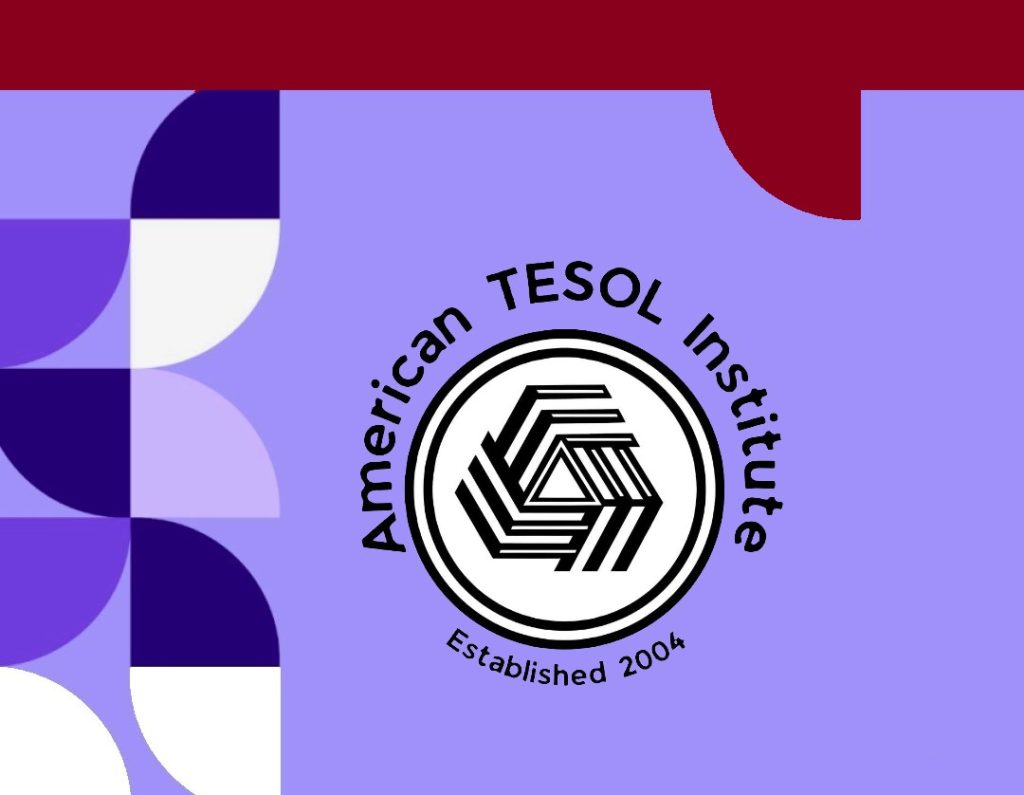In the twenty-first century, people and cultures are more interdependent than ever before. This interconnected global society compels us to pay closer attention to intercultural communication and the challenges that arise when individuals from different cultural backgrounds interact. In essence, intercultural communication is the exchange of ideas between people with distinct nationalities, ethnicities, religions, geographical boundaries, or even occupations. As an academic field, intercultural communication has evolved through contributions from the behavioral sciences, anthropology, linguistics, and other disciplines. Although the term became widely discussed in the field of TESOL in the 1980s, the roots of intercultural communication research can be traced back to the 1950s through the work of Georgetown University linguist Robert Lado and anthropologist Edward T. Hall, author of The Silent Language (1959).
Historically, research in this field initially centered on helping diplomats adapt and communicate effectively in foreign countries. The increased interest in intercultural communication in the United States was partly fueled by international competition and diplomacy following World War II, whereas in the United Kingdom, large-scale immigration prompted a greater focus on cross-cultural interactions. As TESOL educators, we continue this pursuit by studying how language teaching and acquisition can foster empathy, cultural awareness, and effective communication across diverse populations.
The Power of Language in Shaping Thought
Nelson Mandela once stated, “Our biggest fear is not that we are inadequate but that we are powerful beyond measure.” Although delivered in English—a second language (L2) in South Africa—his speech captivated listeners through a rich vocabulary and an innate understanding of human interconnectedness. This example underscores how language extends beyond mere words. It shapes our perceptions, helps us forge relationships, and communicates universal values such as hope, courage, and unity.
In my own early experiences, I did not yet understand the complexities of life such as bitterness, betrayal, or hardship. However, I felt a sense of boundless potential whenever I learned a new phrase or concept in a second language. Realizing that a larger vocabulary could broaden my worldview prompted me to explore L2 acquisition more deeply.
Language Upbringing and Intercultural Insights
My parents had contrasting attitudes about language. My father, with an extensive English vocabulary, demanded respect and precision in how we spoke. He often insisted that possessing linguistic skills distinguished people as fully capable of thought and communication. My mother, on the other hand, was comfortable mixing sounds and expressions—sometimes applying patterns from her first language in her English statements.
While each parent reflected different levels of linguistic competence, neither fully recognized the systematic way L2 users learn new words—often by mapping them to familiar concepts or synonyms in their first language (L1). Gradually, through practice and exposure, an L2 user starts to think in the new language. This breakthrough happens when they can grasp abstract ideas without translating each concept from the L1 to the L2. At that point, learners move beyond mere memorization and into deeper proficiency and fluency.
Language as the Basis of Intelligence
For TESOL educators, it is crucial to remember that language forms the bedrock of perception, memory, thought, and communication. Developing a strong command of the second language allows learners not only to navigate daily life in a new linguistic environment but also to broaden their intellectual horizons. Language, in many ways, underpins how we understand and engage with the world around us.
As teachers, we facilitate this transformation by creating an environment in which learners can experiment with language, engage with authentic cultural materials, and practice higher-order thinking in the target language. By doing so, we empower them to communicate effectively in intercultural contexts—a skill that becomes increasingly valuable in our global society.
Conclusion
Intercultural communication remains at the heart of TESOL practice. Mastering a second language is more than memorizing words and structures; it is about engaging with other cultures and understanding their nuances. By guiding learners to think in the L2 and appreciate diverse perspectives, we cultivate truly global citizens capable of meaningful participation in the twenty-first-century world.
For TESOL professionals, understanding this dynamic is pivotal. We must equip our students not just with linguistic skills, but also with cultural sensitivity and the ability to adapt to different communicative settings. In doing so, we honor the legacy of early pioneers like Robert Lado and Edward T. Hall, and continue to foster genuine, respectful, and effective communication across cultural lines.



